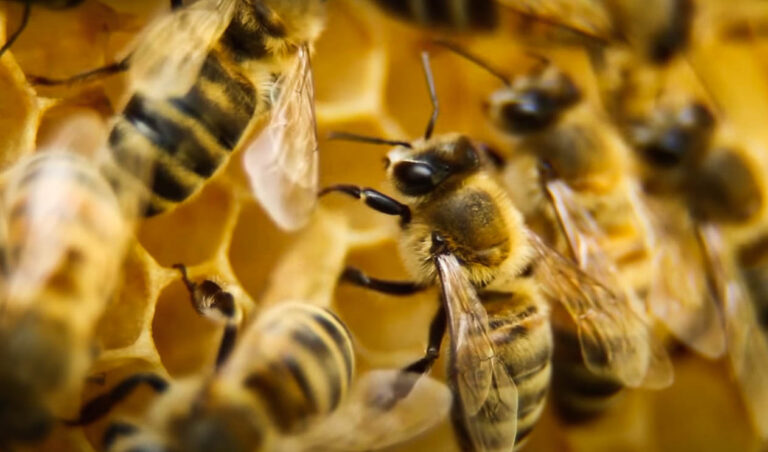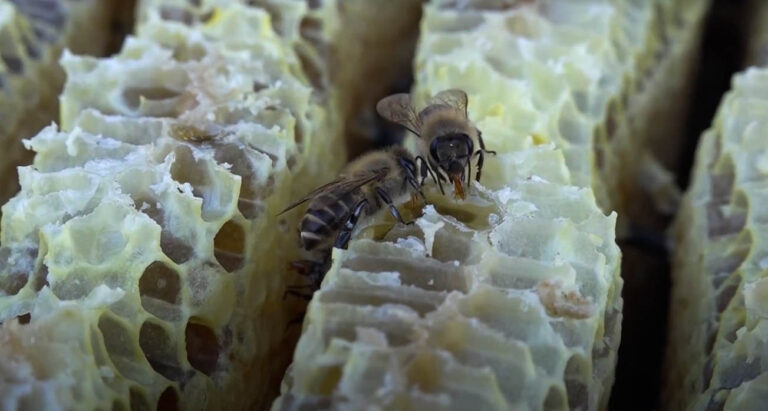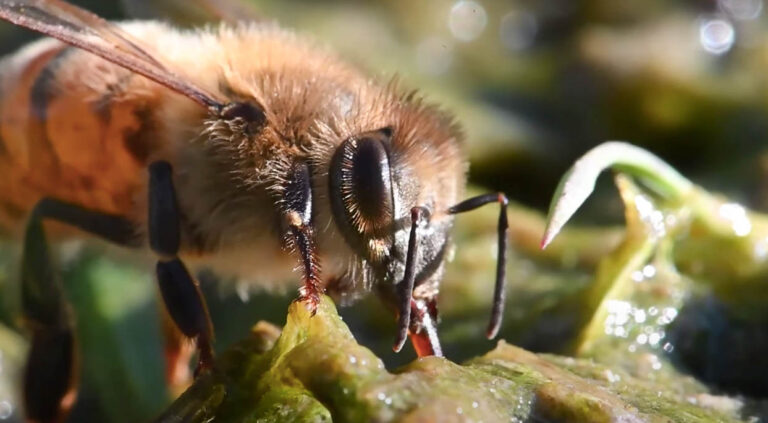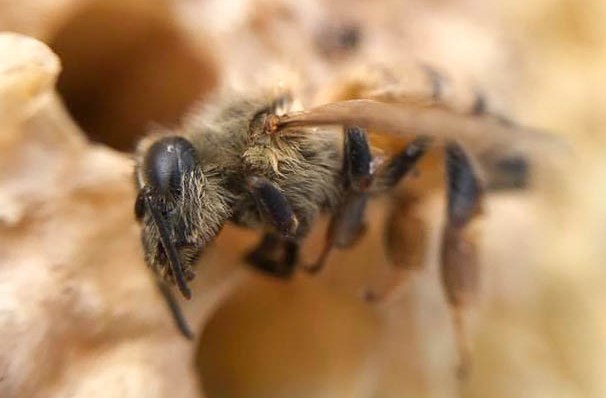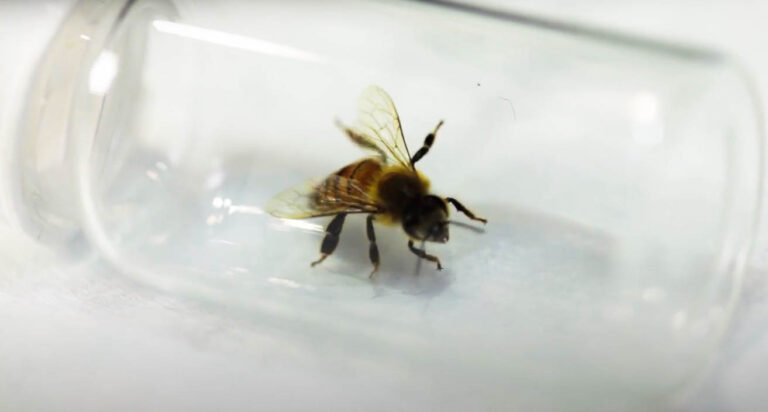About Bumblebees
About Bumblebees
Bumblebees are some of the largest bees with a wide global population. They could be identified by their physical features. They play critical roles as pollinators, applying the buzz pollination method. They are not known as aggressive insects. They also do not engage in swarming. There are over 200 species of bees.
Appearance
Bumblebees are known for their large sizes. Although their sizes vary across the different species, the average bumblebee is significantly bigger than the average honey bee. They can also be described as fuzzy insects as they have short and stubby wings. Bumblebees are also banded, with yellow or orange bands.
Behavior
Bumblebees are very social insects. They live in colonies that have insects ranging from 50 to 500. The colonies are typically made up of a queen and many workers and drones. Typically, queens start new colonies in spring. This is after the former colony has died towards the end of fall. The diet of bumblebees is made up of pollen and nectar. Pollen is the major source of protein, while nectar is the major source of energy.

In North America, they are considered one of the rarest bee species. The large size of the bees allows them to generate a lot of heat which insulates them during the colder periods. They also apply the heat they produce to warm their eggs. The bees are also waterproof. This is because of the oil that covers their body. The bees are also important pollinators of different wildflowers. The long and short-tongued species play different roles in pollinating both regular plants and flowers and weeds. Because of the important role they play in pollination, bumblebees are typically exported to different locations for greenhouse pollination.
Bumblebees are known for their annual cycles. Only the newly hatched queen survives till the next cycle. The queen and other members die just before the newly hatched queen enters winter for hibernation. Because of their annual cycles, they typically do not use nests for long periods. They may only use a nest for one cycle.
The bees have a unique flight pattern and style. They fly at low light levels. They also fly at colder temperatures, because of their ability to produce large quantities of heat. Their hairy bodies also help them to survive and fly in colder periods before they die or hibernate. The bees carry out a special type of pollination caused by buzz pollination. This form of pollination involves the bees holding the pollen-producing plant between their jaws and vibrating their muscle musculature. This activity dislodges the pollen which the bees can then harvest. They do not require large quantities of honey. Thus, they are more important as pollinators than honey producers.
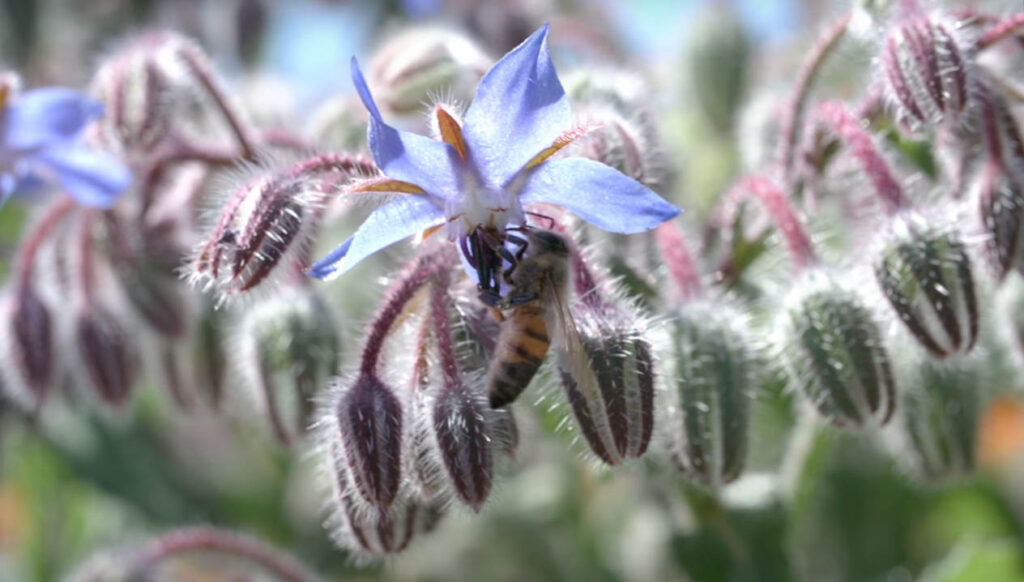
Life Cycle
The life cycle of bumblebees starts when the queens wake up from hibernation. Hibernation occurs during winter, and the life cycle begins in the fall. They tend to actively seek food and nesting sites so that they can lay their eggs. After they find food and nesting sites, they lay their eggs and begin to care for them.
Queen bees sit on their eggs for about two weeks before they hatch. The eggs hatch into larvae which eventually morph into adults. Bumblebees could be drones, workers, or queens. The worker bees are the first set of bees that develop from the eggs. The workers then go on to care for the next set of bees that are produced, the drones and the queens. When the drones and queens mature, they leave their home colonies to start new colonies. It takes about four to five weeks for the first set of worker bees to develop from eggs to adult bees.
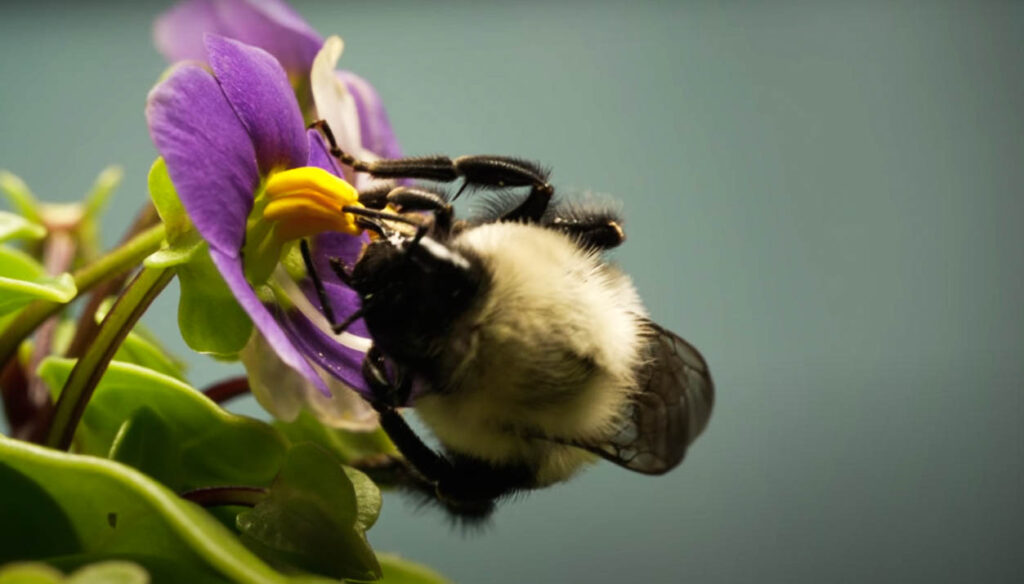
Habitat
They are most active between February and October. Bumblebees have a well-established global population. They have large populations in Canada, the US, Chile, and Argentina. They make habitats in areas that are close to the ground. Common habitats of bumblebees are underneath piles of wood and debris. They could also make their nests underground, in tunnels.

